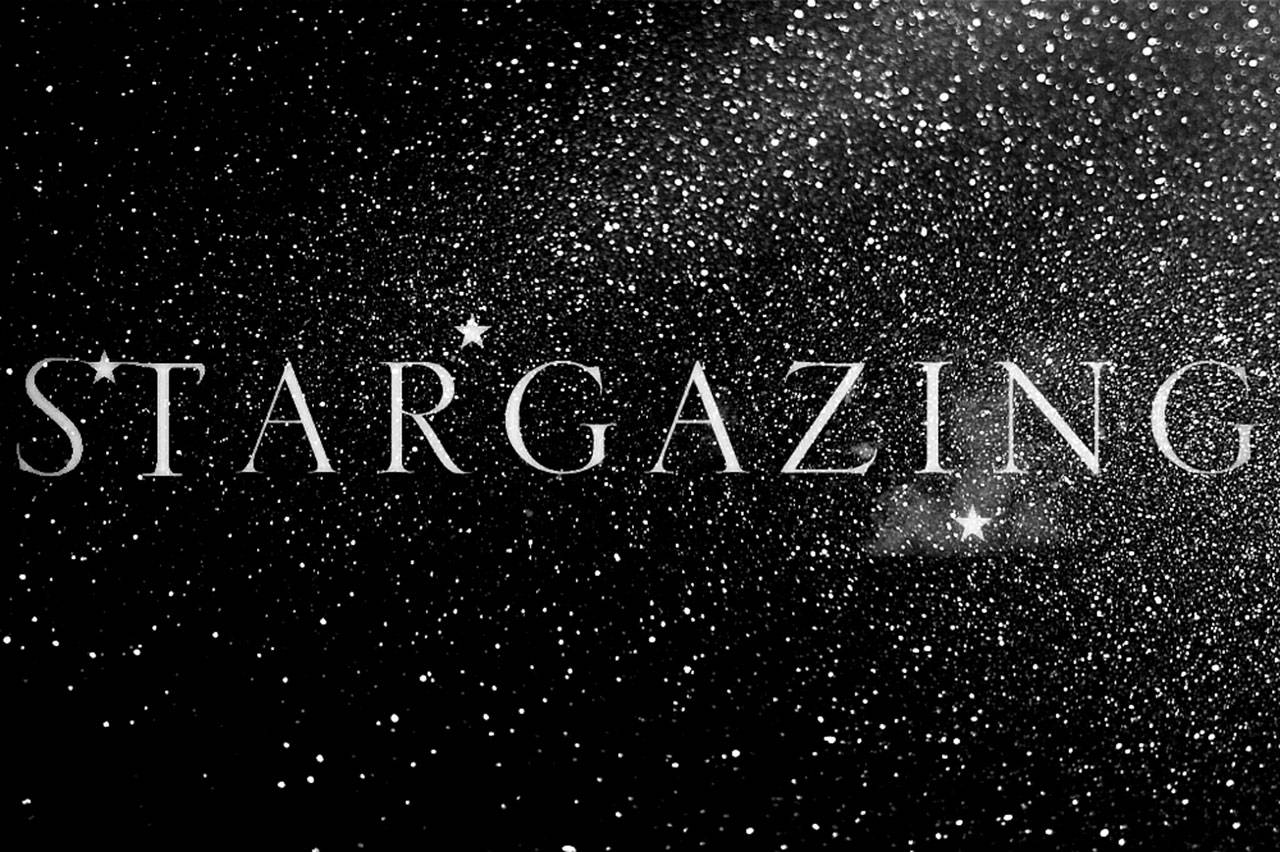By Christopher Phillips
Greetings, stargazers. We begin the month of September with the moon passing through its first quarter phase.
As the brightness of the moon increases, so will the brightness of the night sky. By the time it reaches its full phase during the second week of September, our ability to spot faint objects in the heavens, such as satellites, meteors and even the magnificent band of our Milky Way galaxy, will be very challenging indeed.
However, as we approach the end of the month, the moon’s brightness will wane, and we will see a welcome return to dark skies perfect for stargazing.
For those early risers, there may be an opportunity to spot the International Space Station as it passes overhead on the morning of Sept. 13. Spotting humanity’s first permanently crewed orbital outpost depends greatly on cloudless skies, but if the weather is willing to cooperate on the morning of the thirteenth, look to the east at 4:16 a.m. The space station will be making a low pass, climbing a mere 27 degrees above the horizon as it passes from east to the east-south-east.
Also this month, the planets of Jupiter and Saturn continue to grace us with their presence. Jupiter rises in the late afternoon and is visible until around 11 p.m. when it will set in the west. Saturn also rises in the afternoon and will set a little later than Jupiter, at around 1:10 a.m.
Jupiter and Saturn are the largest planets in the solar system. We know them as “gas giants.” They are known as such because their composition consists of a variety of gases, among them hydrogen and ammonia. Both planets lack a solid surface, and so one could never walk there. They are, in effect, worlds of sky.
If you could enter the atmosphere of a gas giant, you would see clouds above you and clouds below you. Jupiter and Saturn are also known for their gargantuan storms, some of which dwarf the Earth in size. One such storm on Jupiter, known as ‘the great red spot,’ is over three times the size of Earth.
Each of these large planets also has a vast system of moons, almost resembling a solar system in miniature. Some of these moons are large enough to be spotted through a modest pair of binoculars — so if you’re a keen bird spotter, try turning your binoculars to the heavens. You may be surprised by what you can see.
However, take care to never point your binoculars or telescope at the sun, as this is extremely dangerous and can result in permanent damage to eyesight.
I wish you clear skies for the month of September, and happy stargazing!
— Christopher Phillips is based at the University of Washington where he works as a research scientist on the Zwicky Transient Facility (ZTF), a wide-field astronomical survey. He is a lifelong stargazer with a passion for astronomy education and outreach. He specializes in Polynesian star lore, which he studied in Hawaii under the tutelage of native Hawaiian cultural practitioners.



